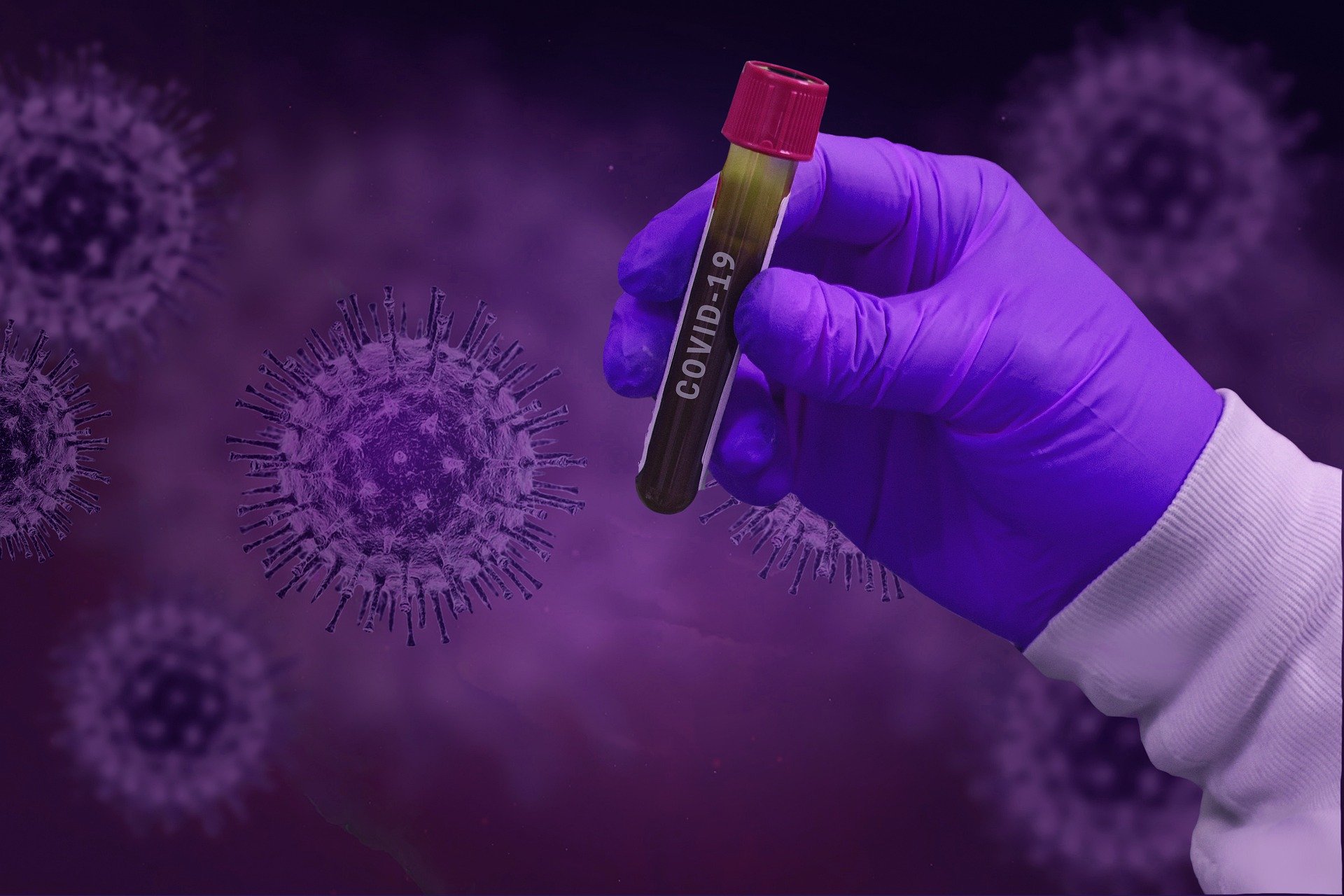A little-studied liver protein may be responsible for the well-known benefits of exercise on the aging brain, according to a new study in mice by scientists in the UC San Francisco Eli and Edythe Broad Center for Regeneration Medicine and Stem Cell Research.
The results of research in mice suggest that a little-studied liver enzyme called Gpld1 may be responsible for the well-known benefits of exercise on the aging brain, and that its regenerative effects may be transferrable directly from one animal to another.
The findings could lead to new therapies to confer the neuroprotective effects of physical activity on people who are unable to exercise due to physical limitations.
“If there were a drug that produced the same brain benefits as exercise, everyone would be taking it,” said Saul Villeda, PhD, a UCSF assistant professor in the departments of anatomy and of physical therapy and rehabilitation science.
“Now our study suggests that at least some of these benefits might one day be available in pill form.” Research lead Villeda is senior author of the team’s published paper in Science, which is titled, “Blood factors transfer beneficial effects of exercise on neurogenesis and cognition to the aged brain.”
Exercise is one of the best-studied and most powerful ways of protecting the brain from age-related cognitive decline. Exercise has been shown to improve cognition in individuals at risk of neurodegenerative diseases such as Alzheimer’s disease (AD) and frontotemporal dementia, even for individuals who carry rare gene variants that inevitably lead to dementia.
“In the context of dementia-related neurodegenerative diseases, exercise is correlated with reduced risk for cognitive decline in the elderly, improves cognition in populations at risk for AD, and is associated with better neurobehavioral outcomes even in autosomal dominant AD,” the scientists wrote.
However, not everyone is able to exercise regularly as they get older, perhaps due to physical limitations or other disabilities. “Despite the evident benefit of exercise, its application is hindered in the elderly, as physical frailty or poor health can decrease a person’s ability or willingness to exercise,” the authors continued. Researchers have long searched for strategies that could confer some of the same neurological benefits of exercise to people with low physical activity levels.
Villeda’s lab has previously shown that biological factors present in the blood of young mice can rejuvenate the aging mouse brain, and conversely, factors in the blood of older mice can bring on premature age-related cognitive decline in young mice. “… transfer of blood from young animals, either by heterochronic parabiosis (in which young and old circulatory systems are joined) or by administration of young blood plasma, improves regenerative capacity and cognition in aged mice,” the authors noted.











